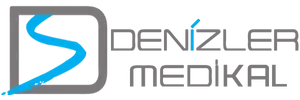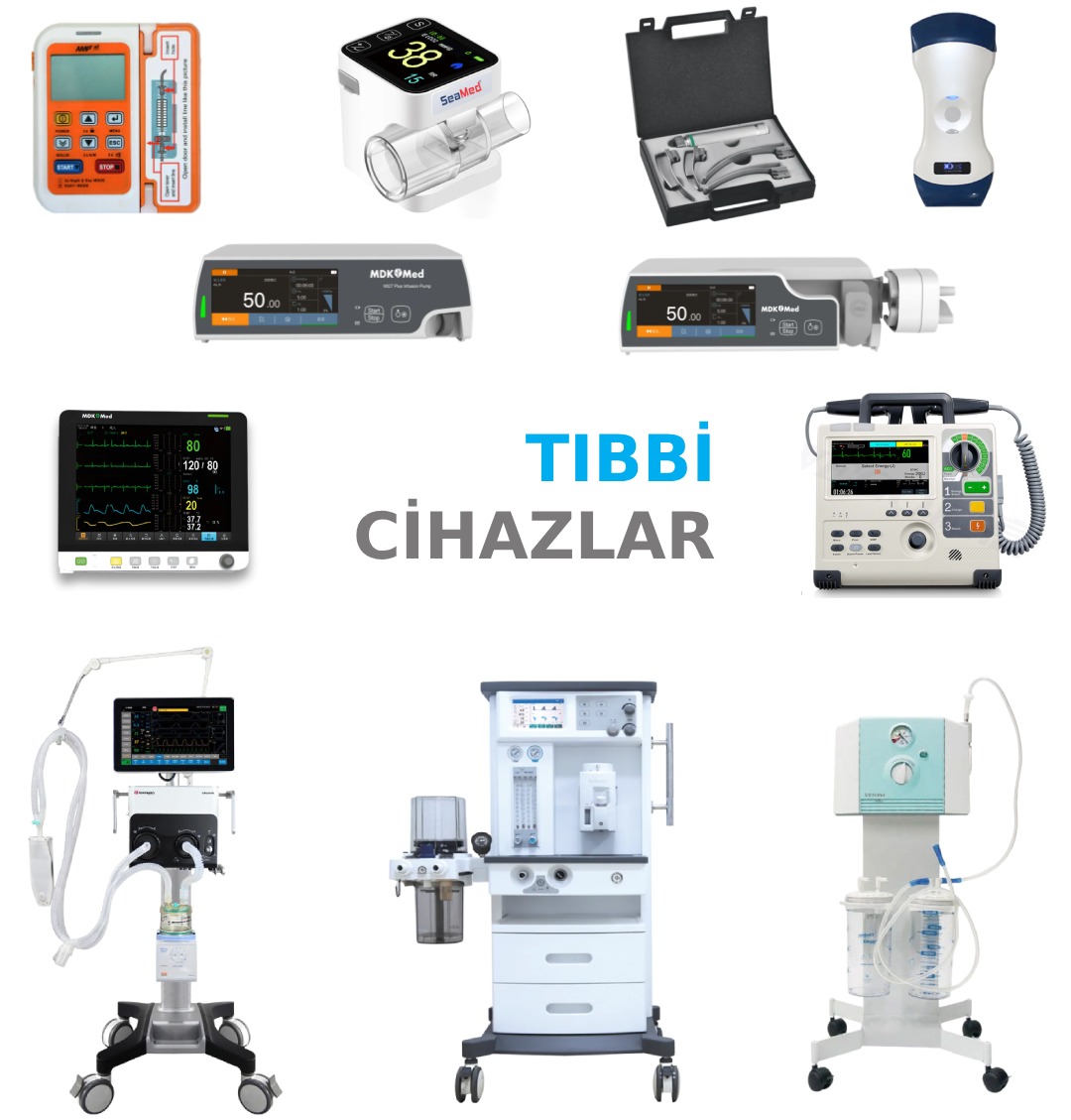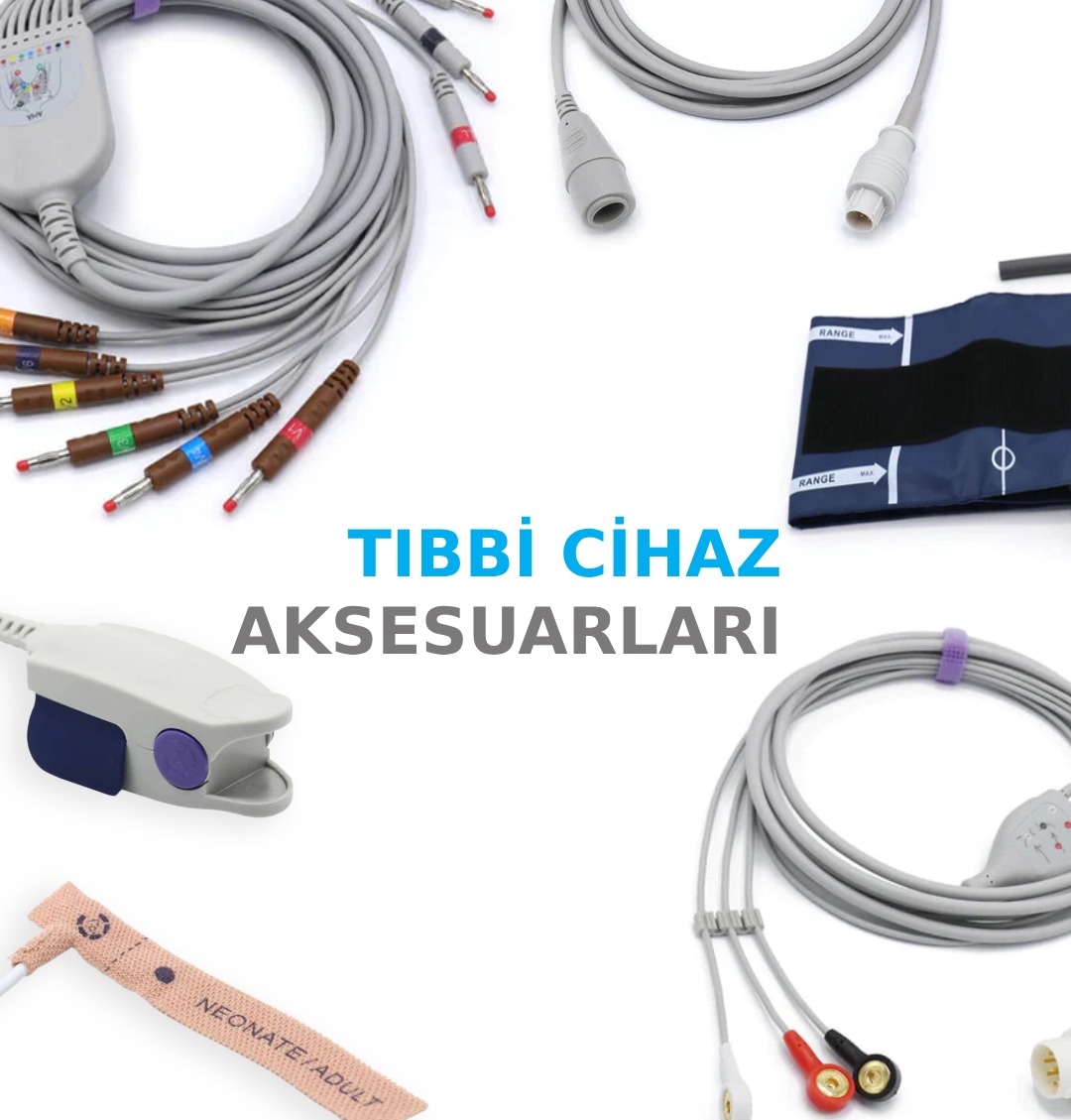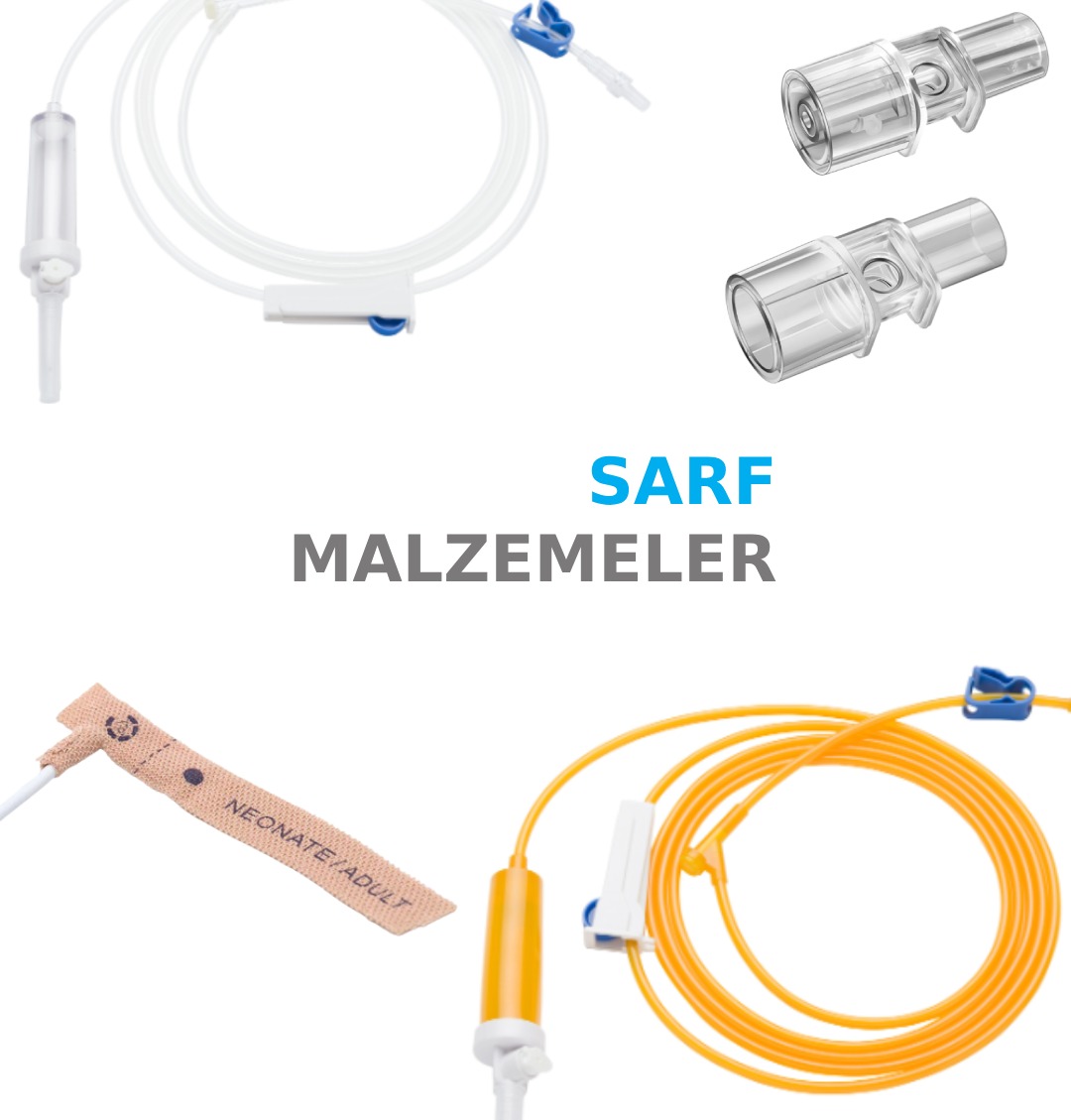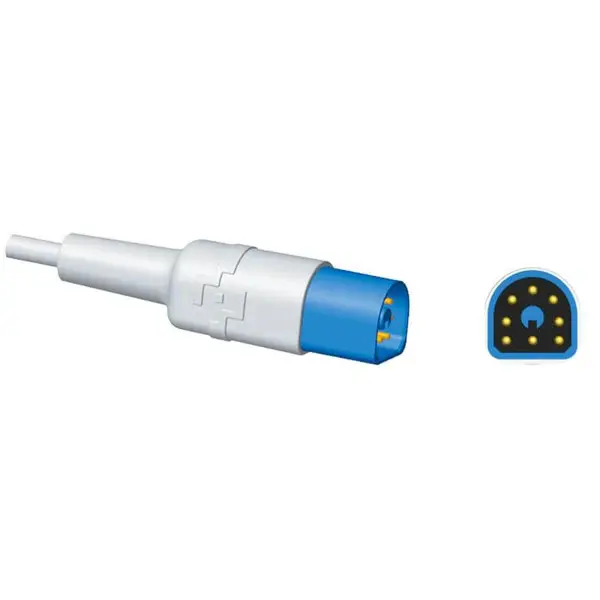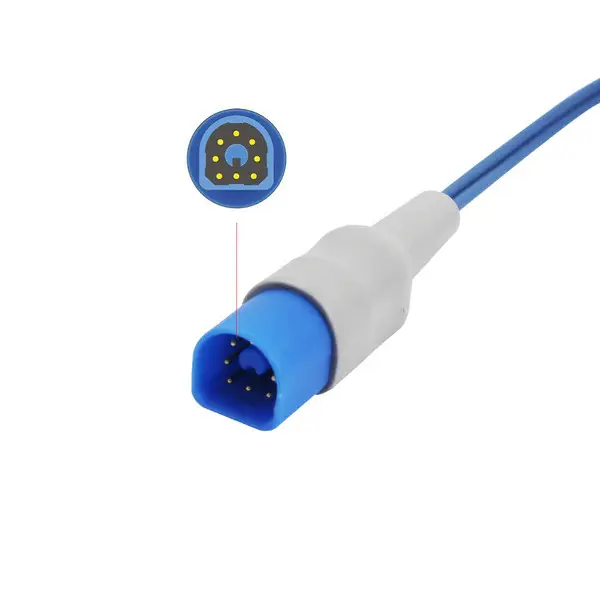
PHILIPS OXIMAX COMPATIBLE REUSABLE SPO2 PROBE
-
Sensitivity: SpO2 (±1 S.D.); 90-100% ±2 digits, 70-89% ±3 digits, 0-69% unspecified.
Pulse Rate: ±2 beats per minute.
SpO2 Range: 50-100%.
SpO2 Accuracy: 85-100%: ±1%; 70-84%: ±2%; 50-69%: ±3%.
Pulse Rate Range: 25-250 BPM.
Pulse Rate Accuracy: ±2 BPM.
SpO2 (arterial oxygen saturation) is an important medical parameter that measures the level of oxygen saturation in the blood. It plays a critical role in patient monitoring, respiratory problems, and evaluating oxygenation status. However, there may be technical and medical issues encountered in SpO2 measurements. In this article, we will examine the potential issues in SpO2 measurements by explaining them in technical and medical terms.
Technical Problems: a. Motion Artifacts: Patient movements can interfere with the SpO2 sensor's ability to collect accurate data, leading to incorrect measurements.
b. Bright Light and Skin Color Changes: Bright light and changes in skin color can affect the sensor's ability to accurately detect and may cause incorrect results.
c. Sensor Failures: Technical failures in sensors or the use of low-quality or damaged sensors can prevent accurate measurements.
Medical Problems: a. Circulatory Issues: Problems in the circulatory system can affect the transport of oxygen to tissues, leading to incorrect SpO2 values.
b. Anemia: Low hemoglobin levels can reduce the blood's capacity to carry oxygen and result in low SpO2 measurements.
c. Carbon Monoxide Poisoning: Carbon monoxide interferes with oxygen transport, leading to falsely high SpO2 readings.
d. Excessive Mobility: If a patient is excessively mobile, it may affect their respiratory rate and rhythm, making SpO2 measurements misleading.
Conclusion: SpO2 measurements play a critical role in assessing the oxygenation status of patients and monitoring treatment processes. However, due to technical and medical issues, misleading results may occur. Therefore, to obtain accurate measurements, it is essential to use appropriate sensors and monitor patient movements.
